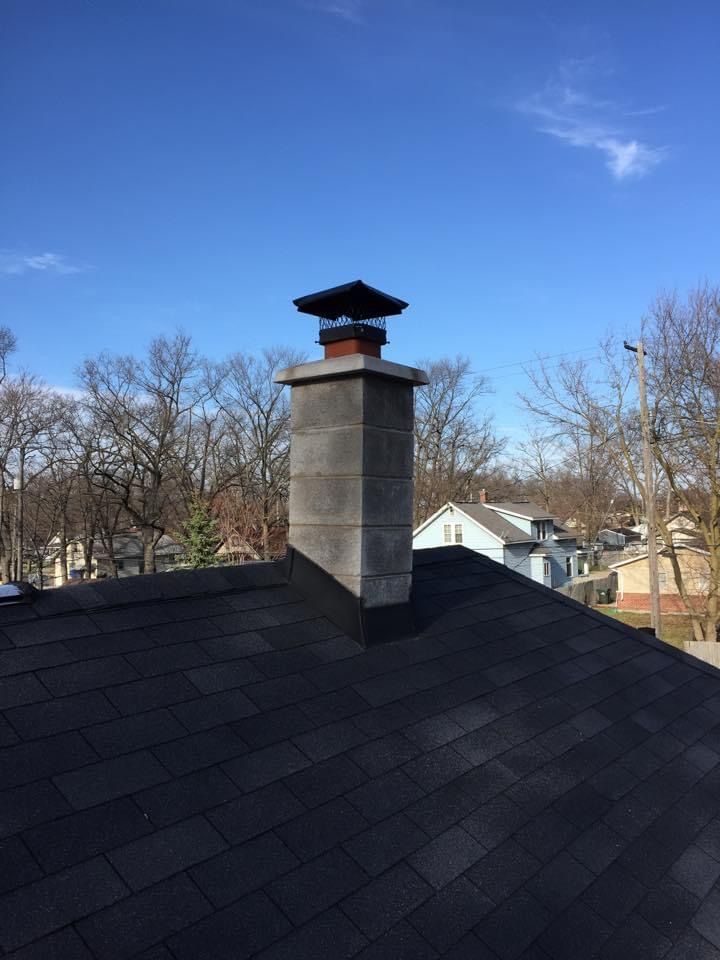How To Know If Your Chimney Has Water Damage?

Do you love cozying up by the fire on a chilly night? If so, your chimney is an essential component of your home's heating system. And while it may seem sturdy and reliable, water damage can throw a wrench in things. Not only can it compromise the integrity of your chimney, but it can also put your family's safety at risk. So how do you know if your chimney has water damage? Keep reading to find out!
What is Water Damage?
Water damage is the most common problem that homeowners face. While it can be caused by several different things, such as storms, leaks, or flooding, water damage is most often the result of a faulty or damaged chimney.
Signs of Water Damage in Your Chimney
1. Warped or discolored walls and ceilings near the chimney: If you notice any signs of warping, bubbling, staining, or discoloration on the walls or ceiling near your chimney, this could be a sign that water has entered the area through cracks in the masonry.
2. Rust spots on metal vents:
Water damage can cause rust spots to form on metal vent pipes connected to your chimney.
3. Dampness around the base of your fireplace: If you notice patches of dampness at the base of your fireplace or around its perimeter when it's not in use, this could indicate that water is entering through hidden openings and collecting inside the wall cavity behind it.
4. Mold growth: This is one of the most common signs that moisture is present within a structure; if you see mold growing inside or outside your home near (or especially inside) your chimney, there may be an issue with leaking water from above that needs to be addressed immediately before further damage occurs.
5. Crumbling mortar between bricks & stones: If you look closely at brickwork surrounding your chimney flue and notice chunks missing from between them, as well as crumbling mortar joints with holes where water could seep in.
What to Do For Water Damage in Your Chimney?
If you discover water damage in your chimney, it's important to immediately mitigate the damage. Here are some steps to find water damage in your chimney:
1. If the water damage is extensive, call a professional for help.
2. If the damage is minor, begin by assessing the source of the leak. Is it coming from the roof? If so, you must repair the roof as soon as possible.
3. Once you've repaired the source of the leak, dry out the chimney completely. This may require removing any wet insulation or other materials.
4. Inspect the chimney for cracks or other areas of potential weakness and repair them as necessary.
5. Take measures to prevent future water damage, such as installing a waterproofing sealant on the chimney or installing a Chimney Balloon (a product that seals off the top of the chimney when not in use).
Conclusion
Knowing if your
chimney has
water damage is essential for maintaining a safe and comfortable home. Observing for deteriorating bricks, moldy odors, rusty metalwork, and damp insulation can help you detect potential issues. At the same time, they are still small enough to fix quickly and relatively cheaply. If you suspect your chimney may have suffered some water damage, don't hesitate to contact a professional who can thoroughly inspect the structure and recommend the best action. Doing so will ensure that your home stays dry and structurally sound throughout the years ahead.

